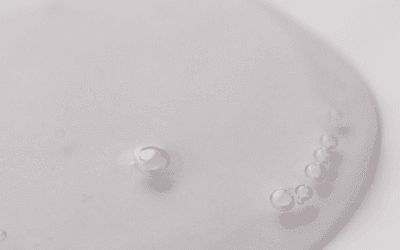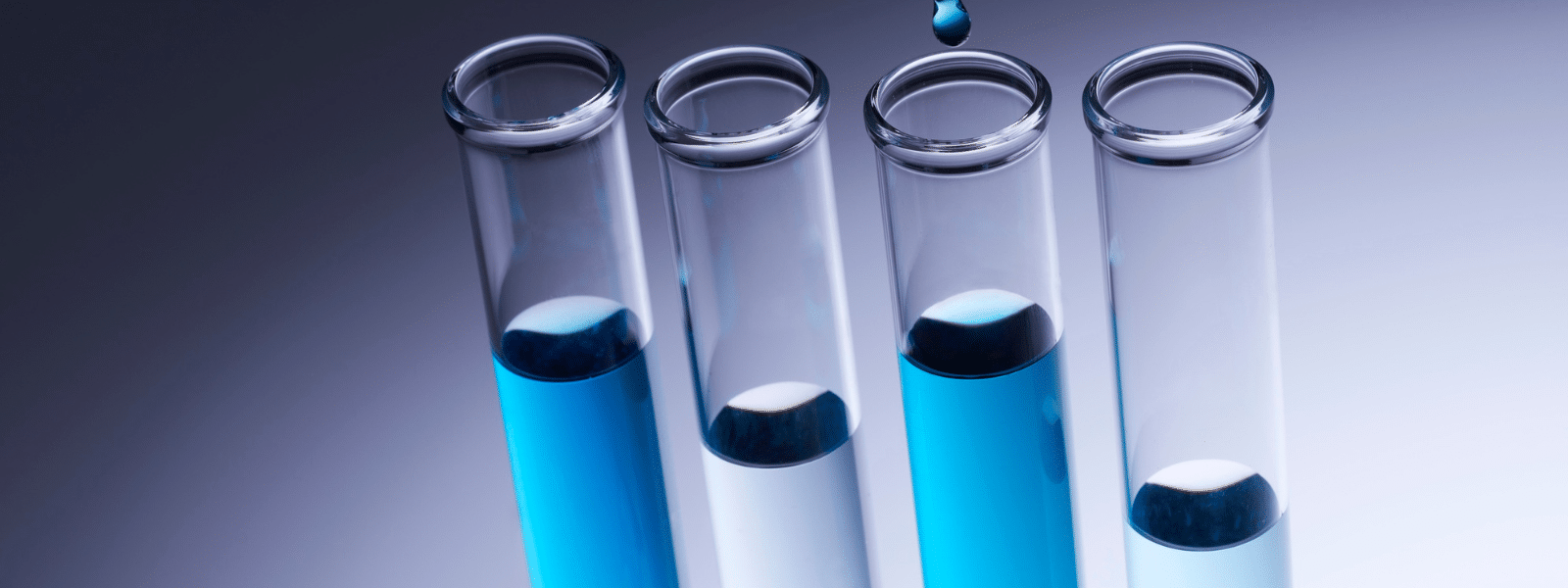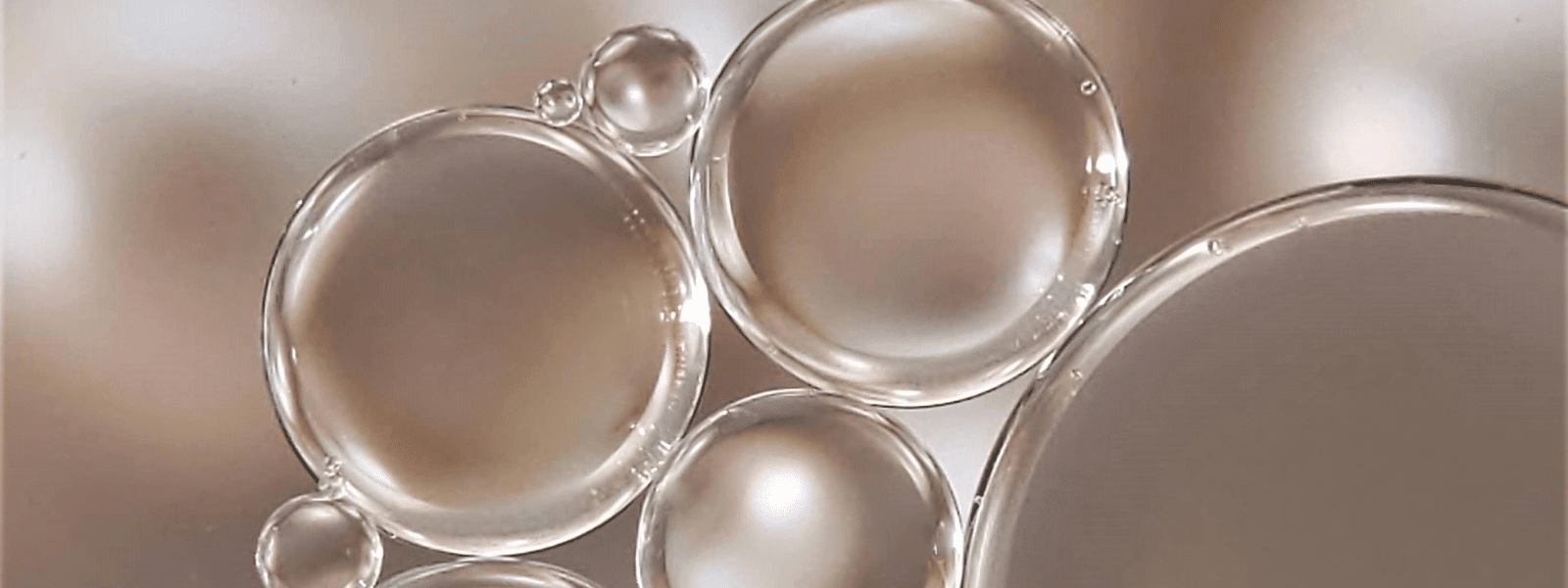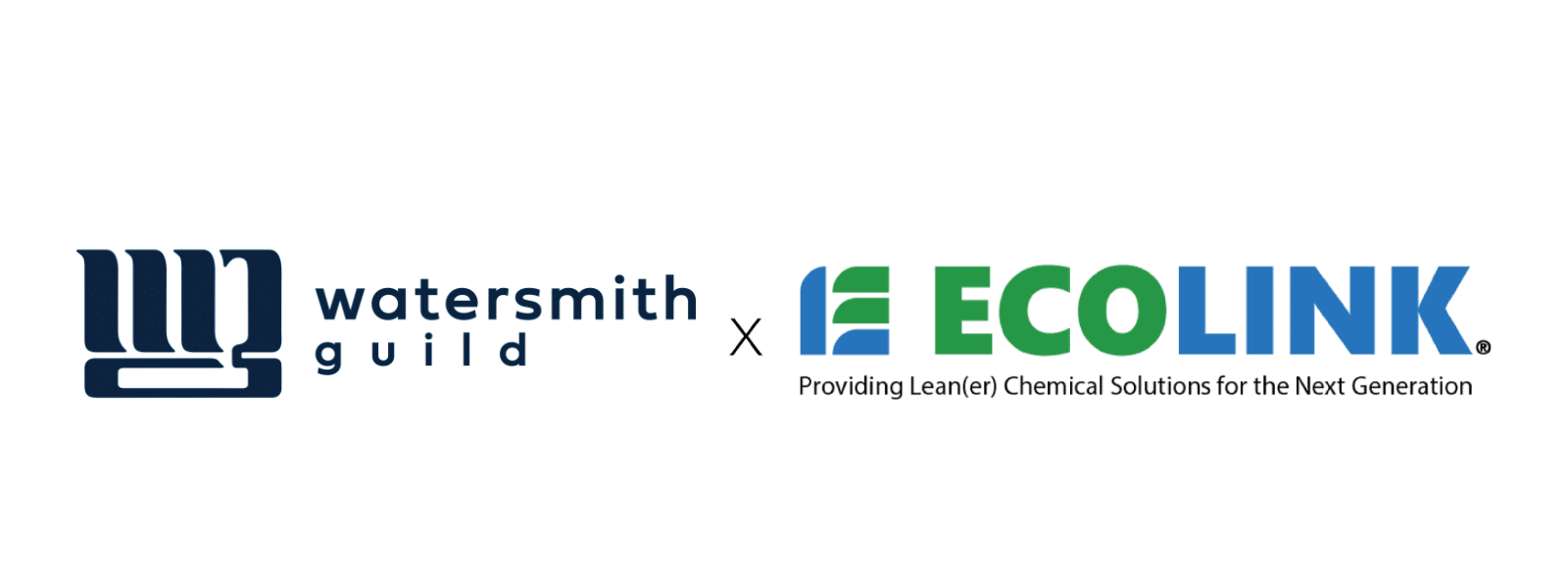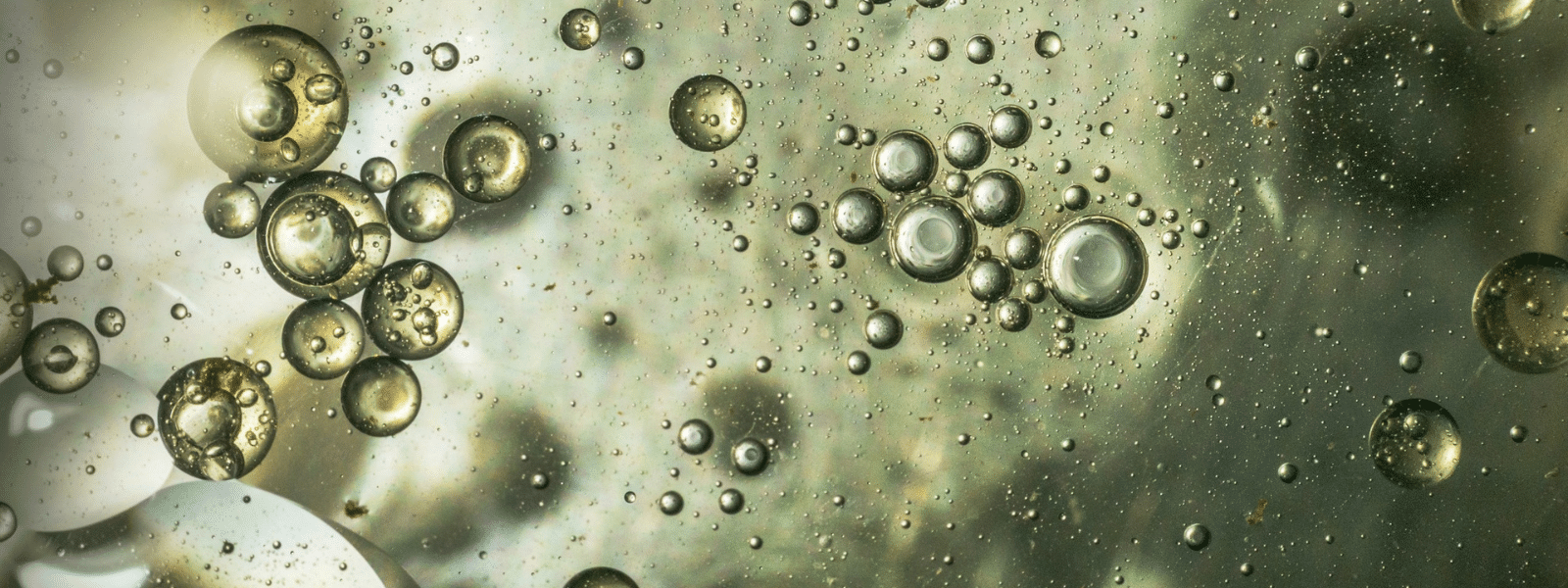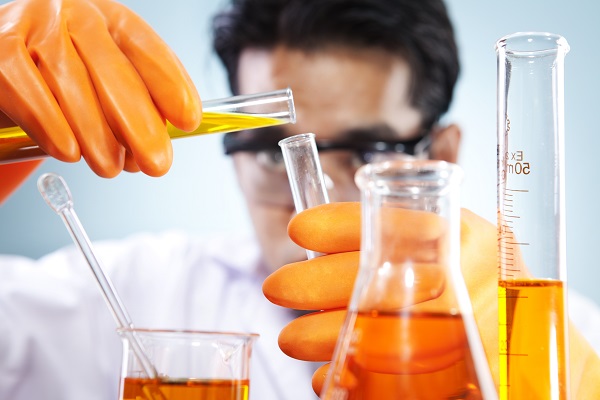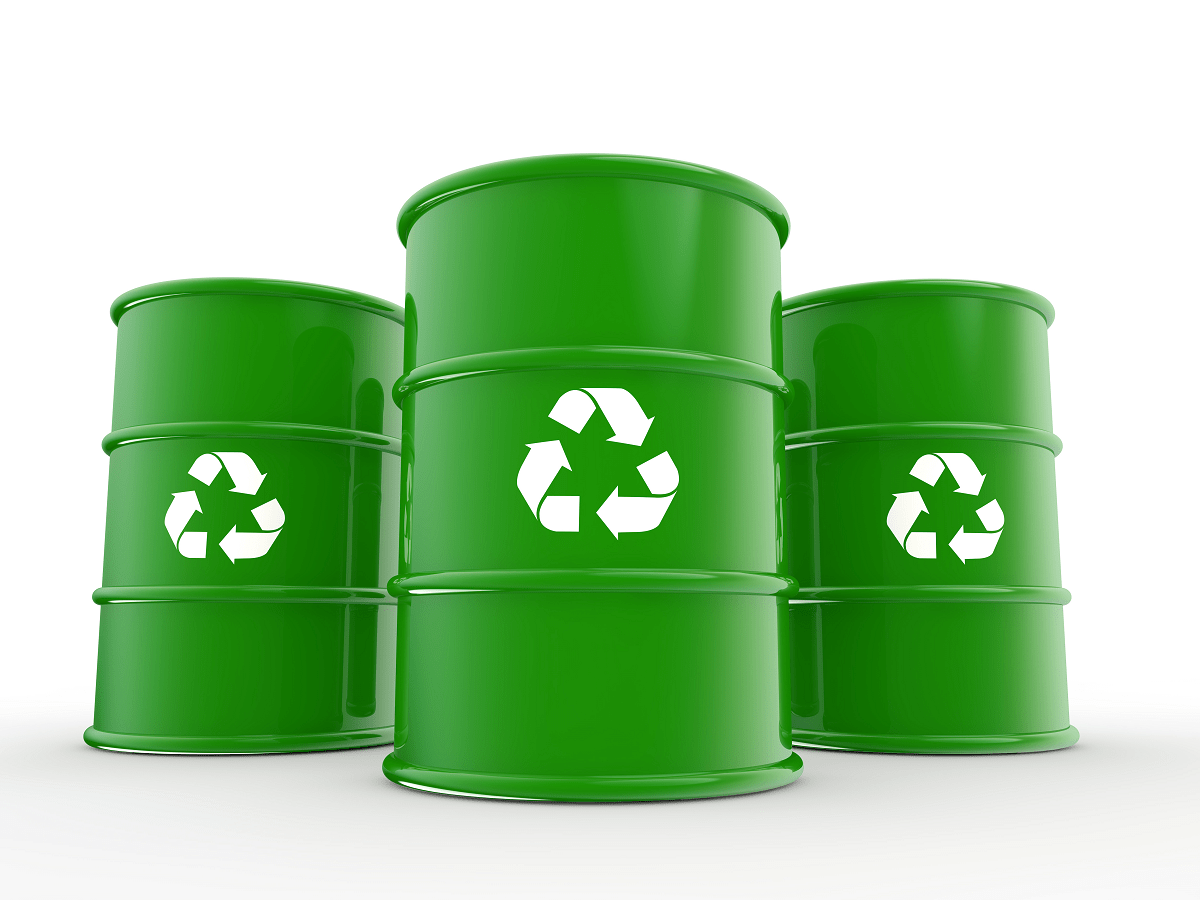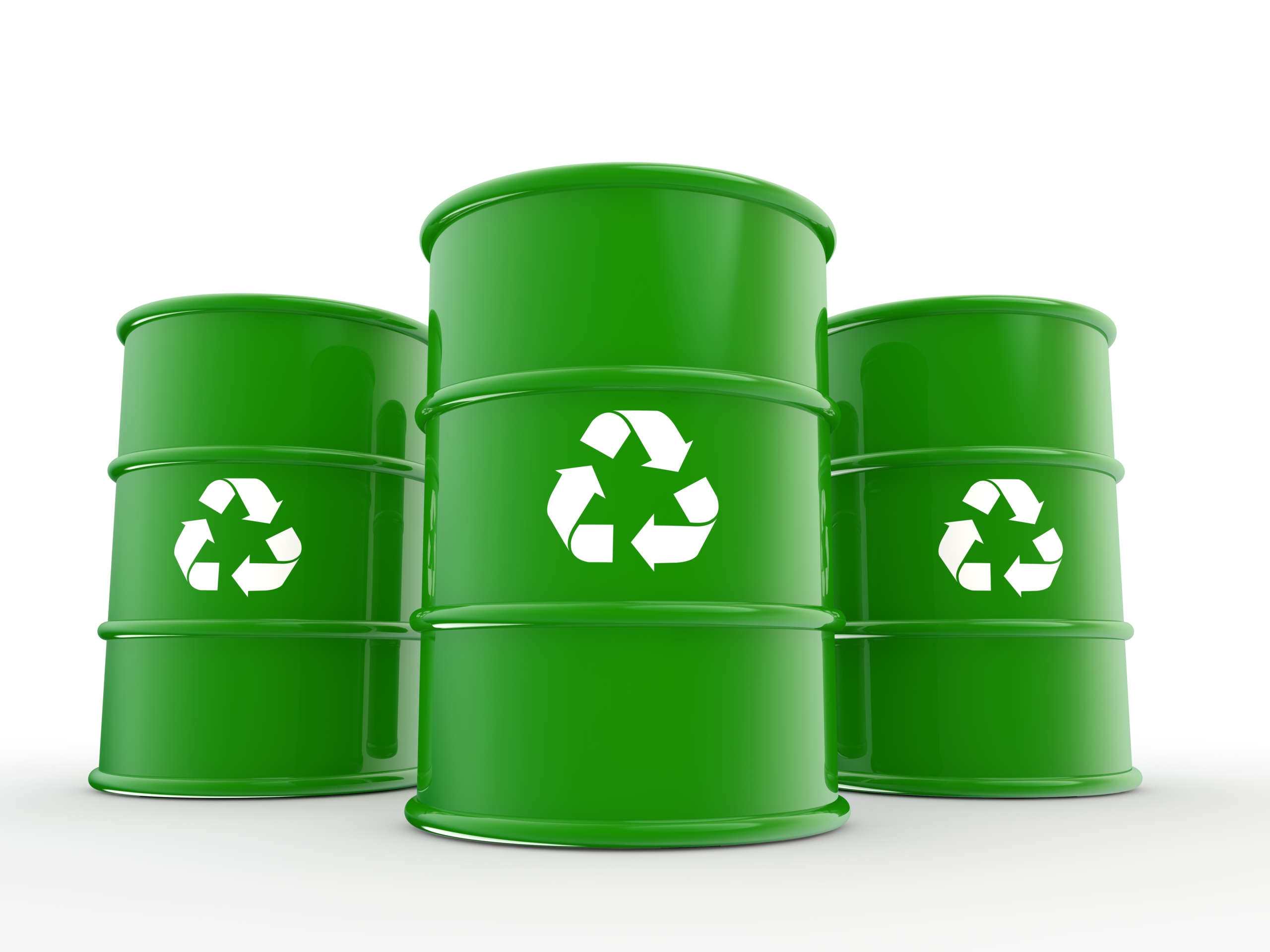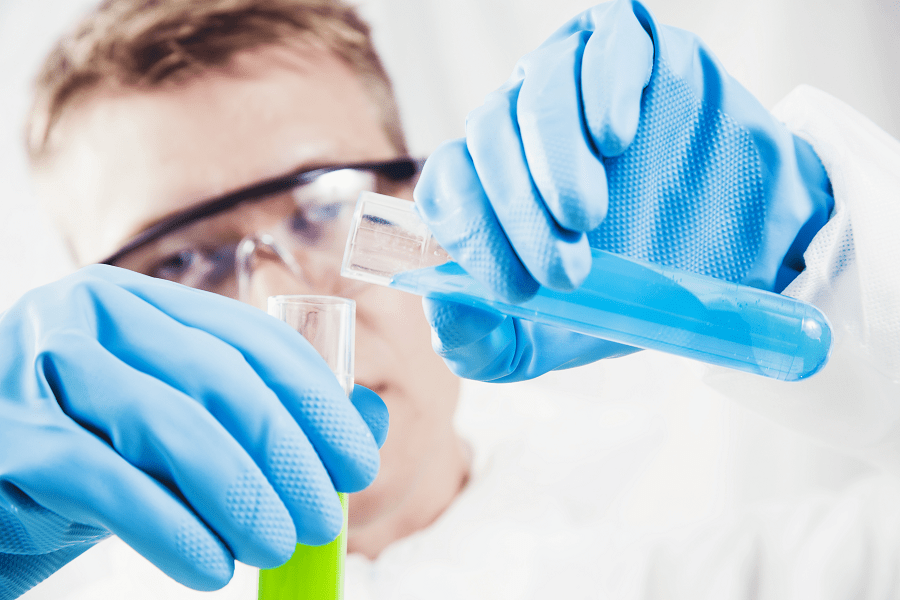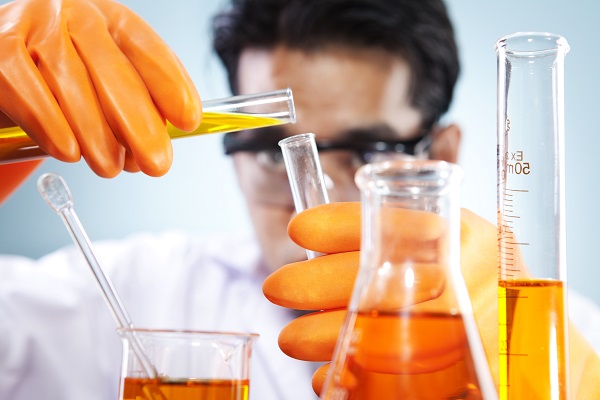Machinery plays an enormous role in manufacturing. Without machines, many industries would struggle to meet production demands and would shut down....
Blog


CHEMICAL INDUSTRY NEWS
Chemical Chat – Discover What’s New!
VOC Exempt Solvents List: Environmentally Friendly Choices
Solvents are used frequently in the production of industrial goods and services. These substances, while effective, are not always considered safe...
Acetone VOC Content: Understanding Its Role in Cleaning Solutions
Acetone, or dimethyl ketone, is a popular liquid in chemistry and industries. It is colorless and potent in various industrial applications. This...
Importance of Surface Coating: Protecting and Enhancing Industrial Equipment
In industrial equipment and machinery, surface coatings ensure longevity and overall efficiency. A well-applied...
VOC Exempt Solvents List: Environmentally Friendly Choices
Solvents are used frequently in the production of industrial goods and services. These substances, while effective,...
Company News

Managed Services
Discover the Latest in Safe and Sustainable Chemical Solutions
Stay informed with Ecolink’s blog! Subscribe now
Chemical Management Information
Stay updated with us
Sign Up for the Latest Updates
Stay informed about chemical supply chain disruptions and emerging innovations to keep your business at the forefront of efficiency and innovation. Uncover new ways to make your business practices more sustainable by incorporating safer products into your cleaning lineup.



